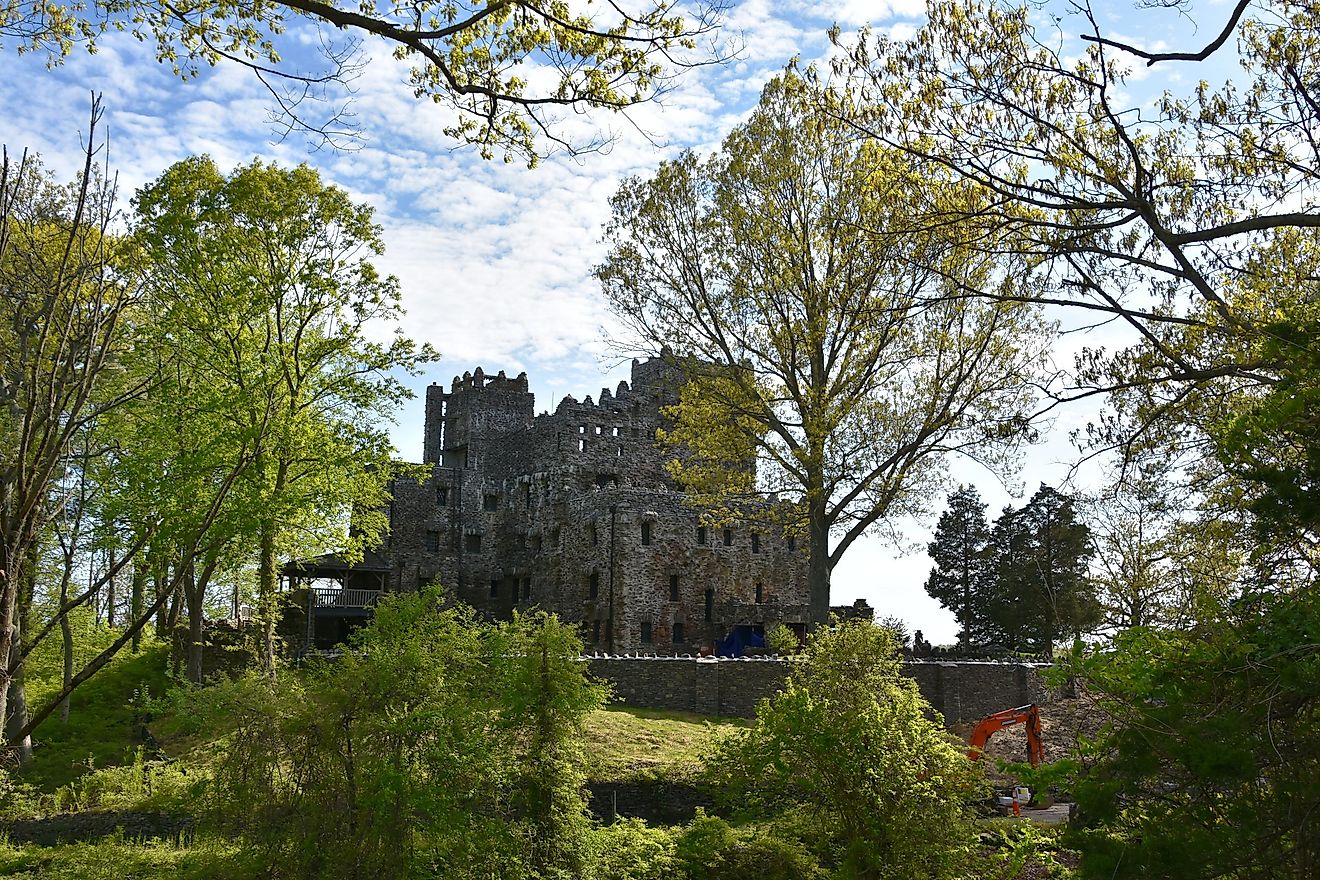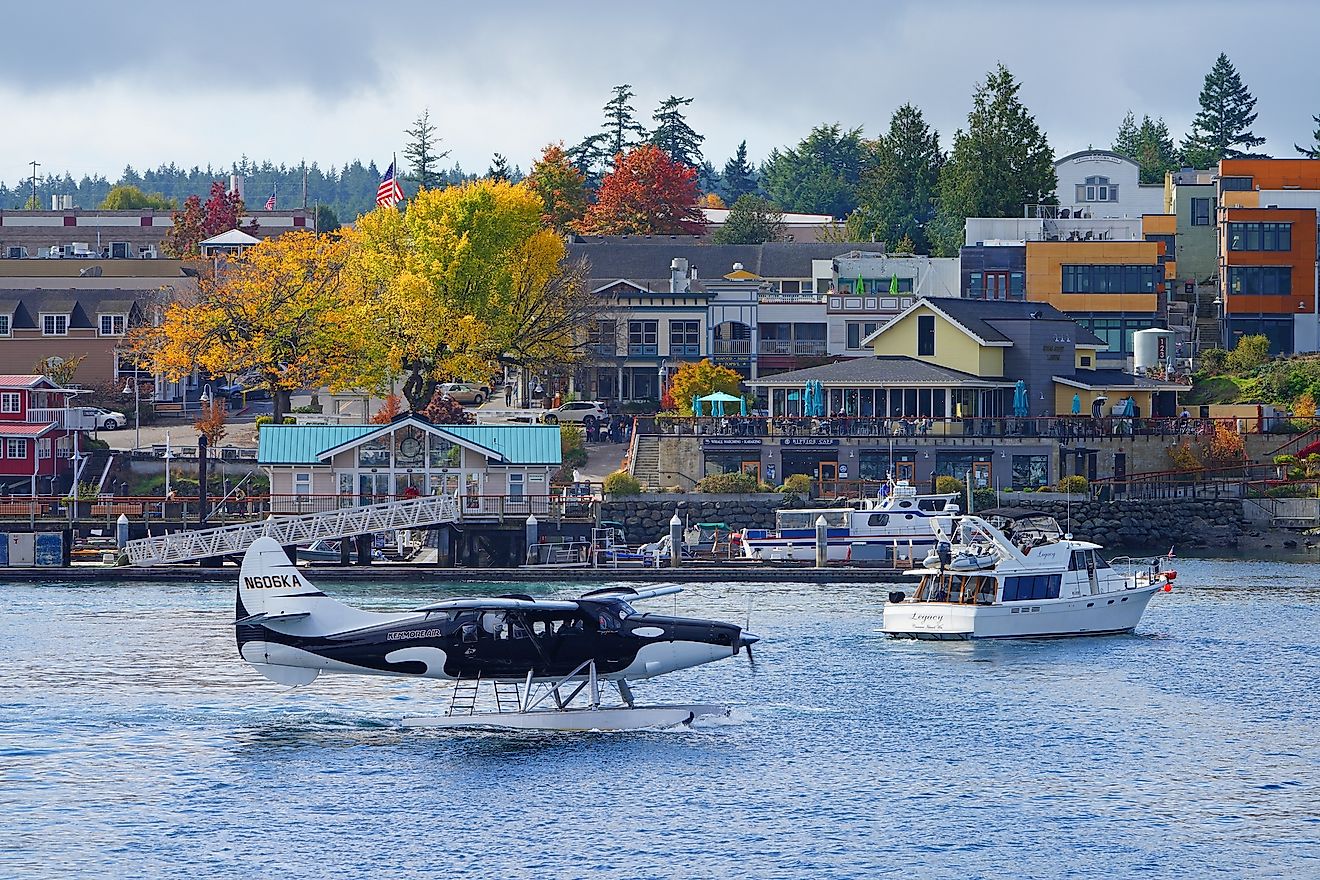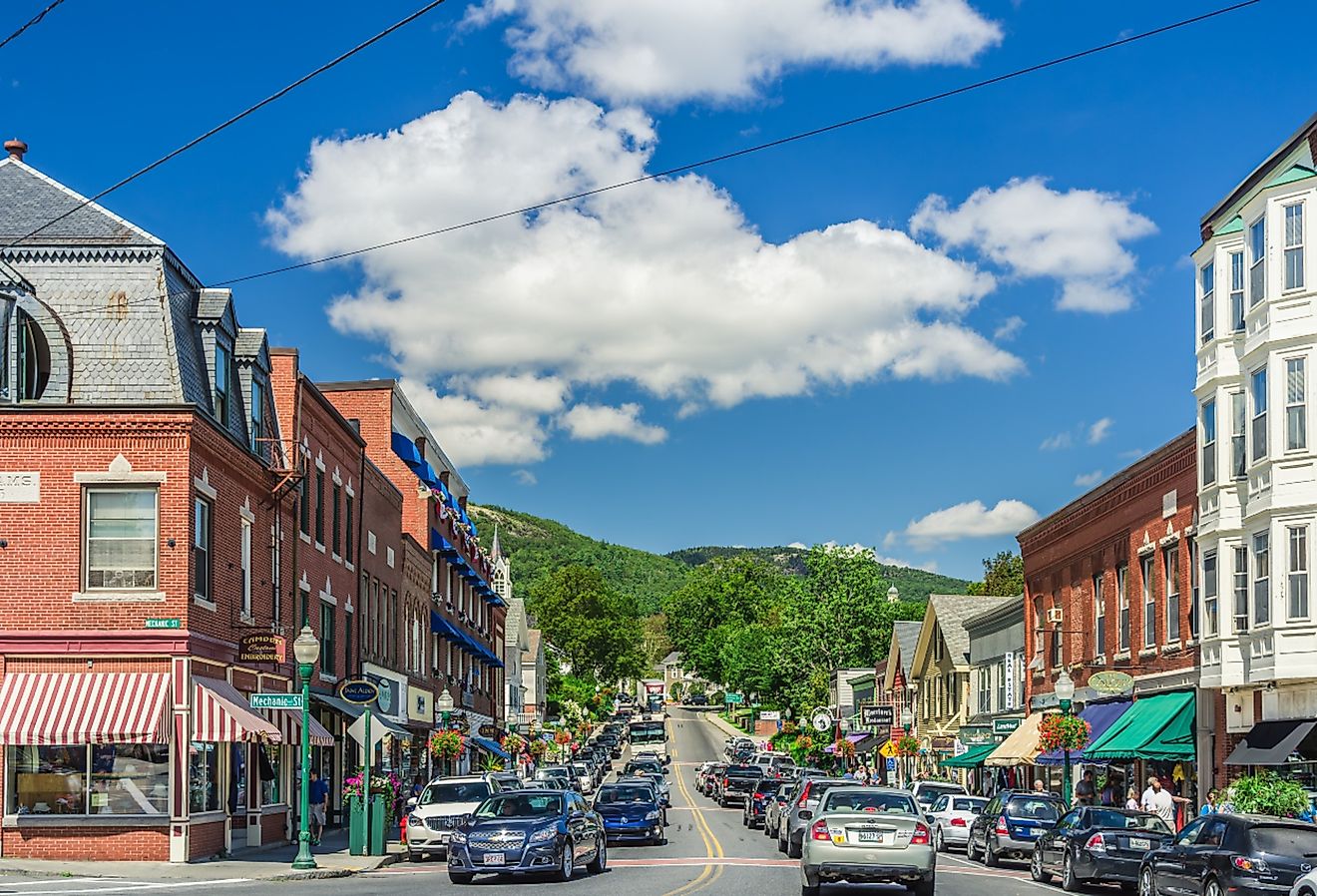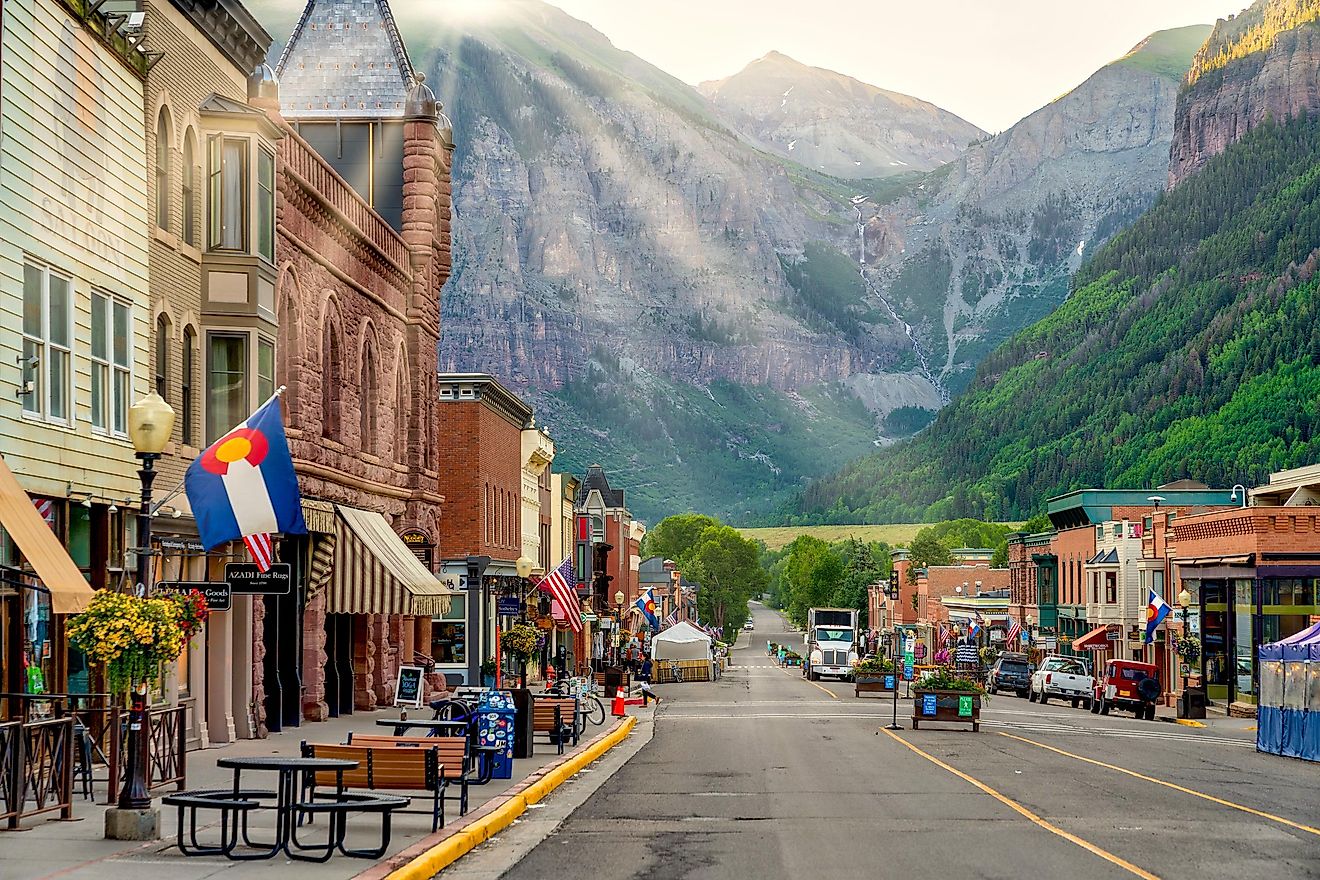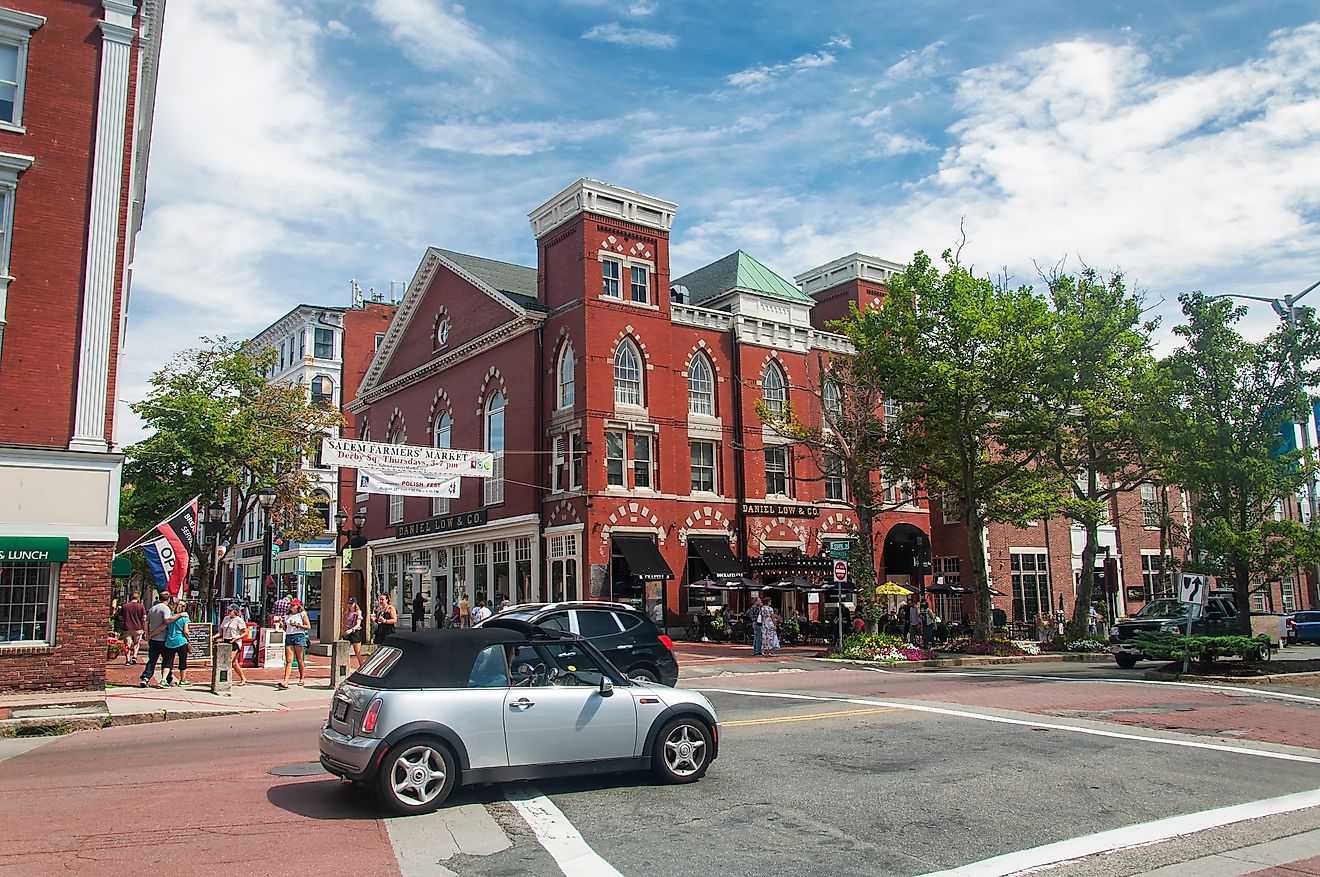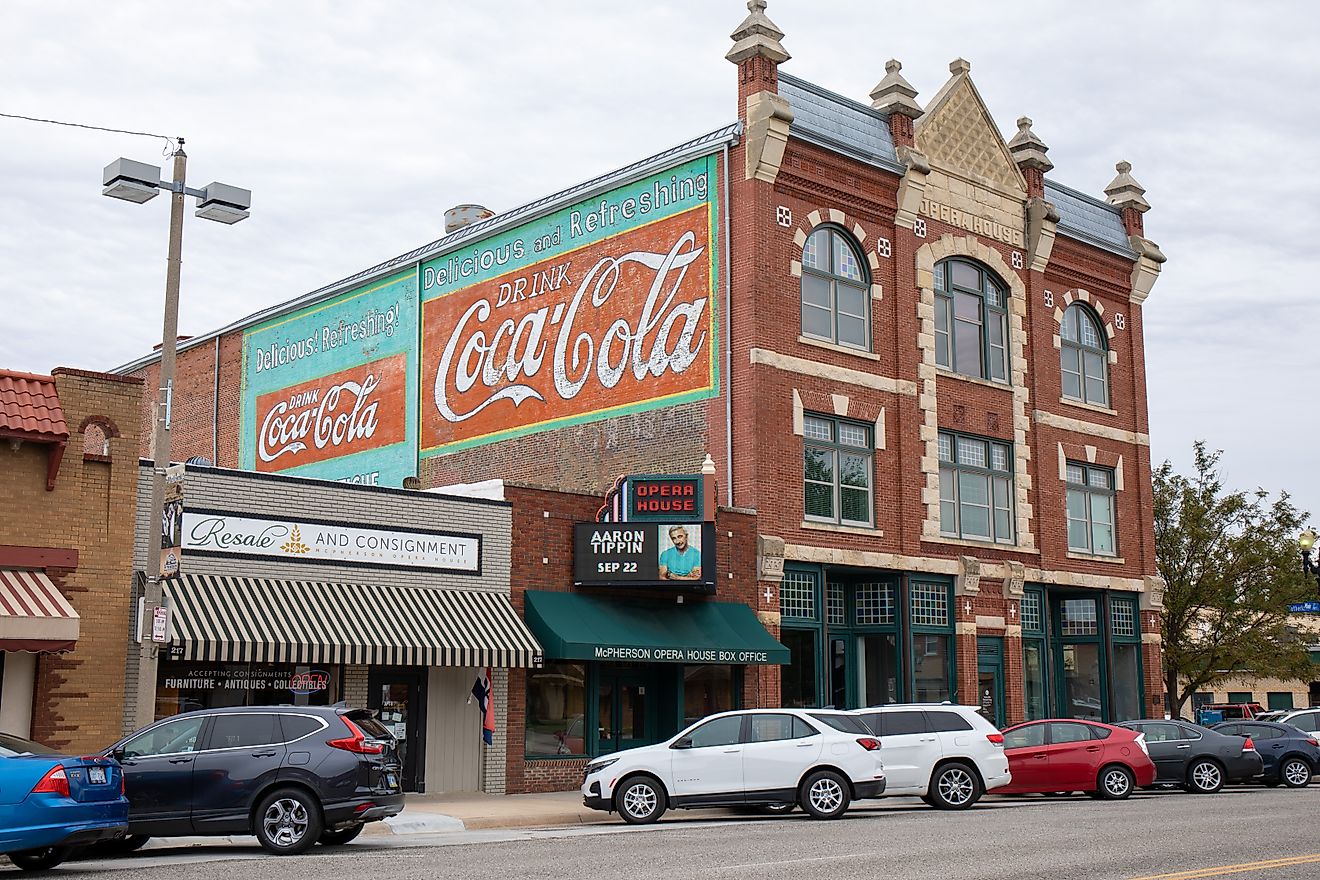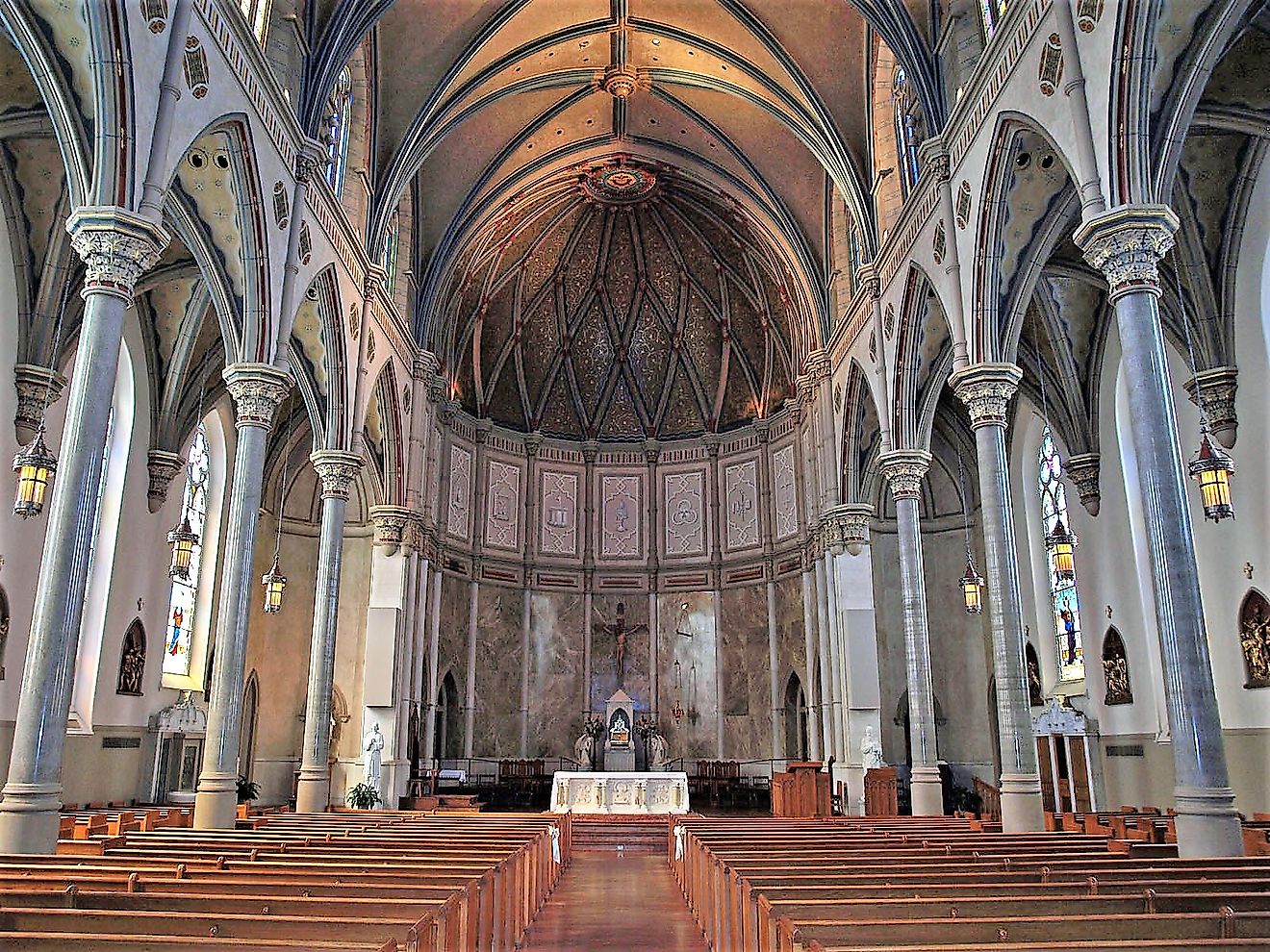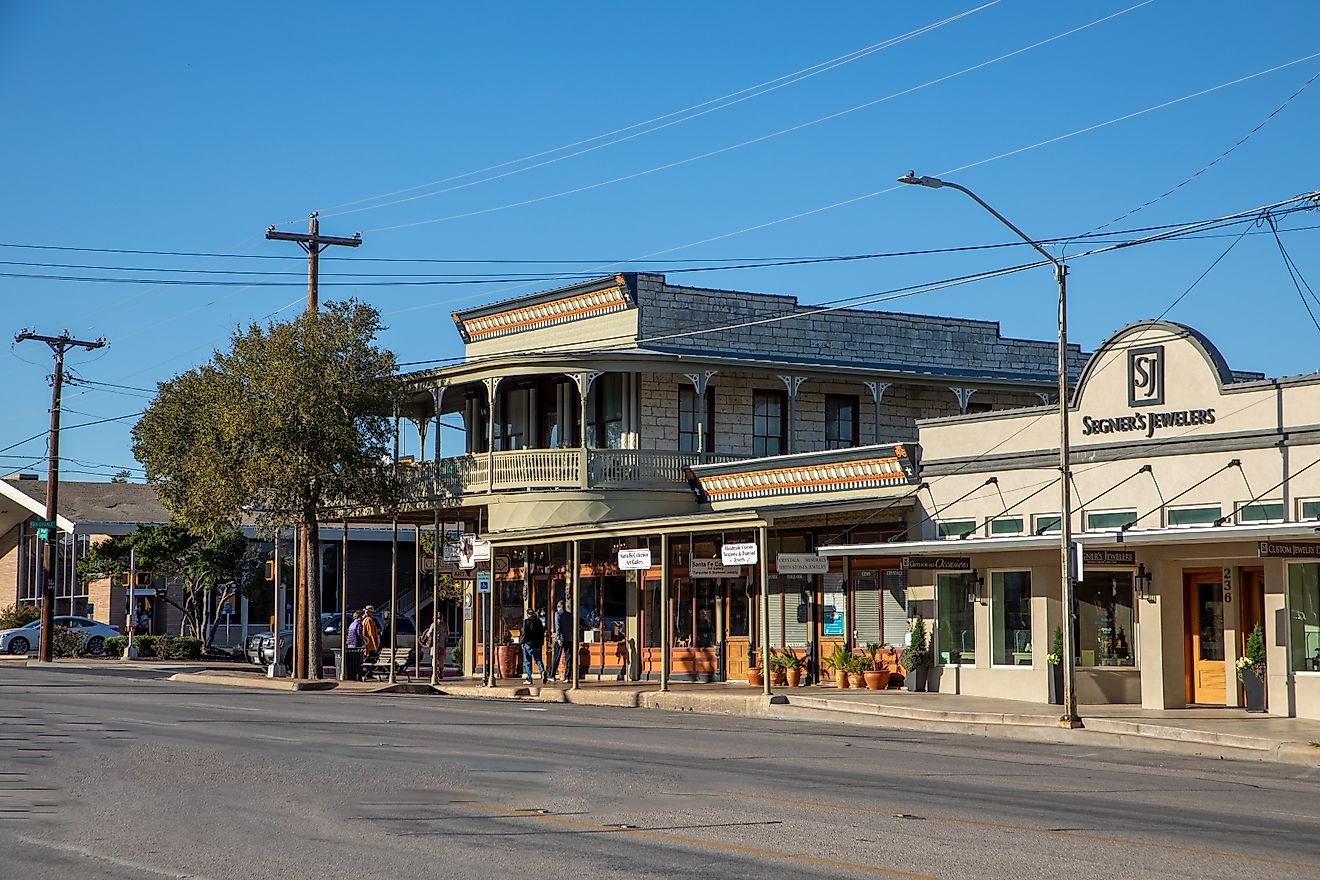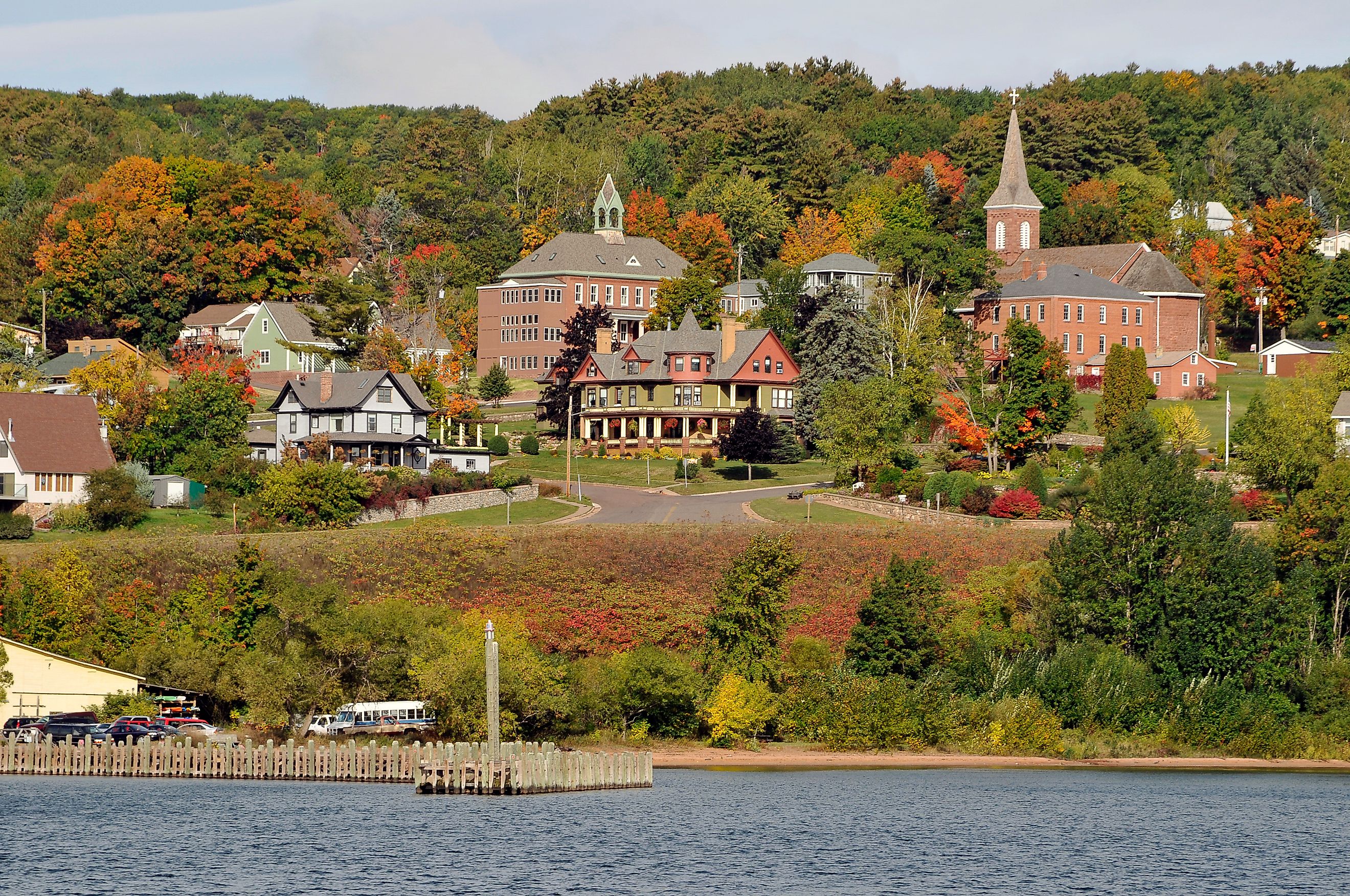
This Wisconsin Scenic Byway Is The Road Trip Of A Lifetime
The Wisconsin Lake Superior Scenic Byway, which starts from Bayfield and ends near Brule River in Douglas County (or vice versa, depending on which you go), is one of the best ways to explore the Great Lakes Region. It is a little over 70 miles long and drivable throughout the year, making it a perfect weekend adventure.
We will provide you with an in-depth look at this fun-filled route, including must-see roadside stops in order from start to finish, and other travel tips that will help you get the most out of this incredible drive.
Bayfield
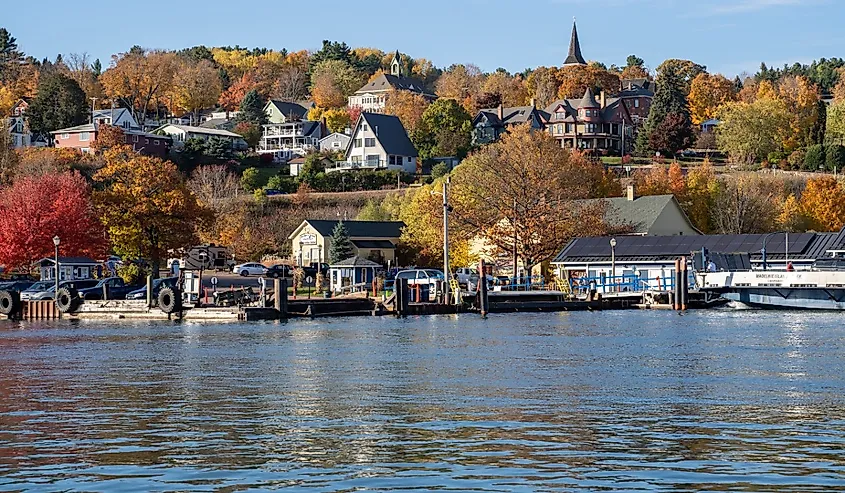
Assuming this is your starting point, this charming town of around 600 residents is an idyllic community resting on Lake Superior's shores, the world's largest freshwater lake. With a cozy downtown core and a location that is considered one of the gateways to the famed Apostle Islands, it is definitely worth spending some time in and around this destination.
Be sure to explore its historic streets, with iconic Queen Anne-style architecture abundant. These include the restored Frank Boutin Jr. House, which now houses the Bayfield Heritage Association, and the old courthouse, which serves as the park service headquarters. This is one of the best spots to grab a bite to eat along the route, with popular locales like the Manypenny Bistro and, for some fresh seafood by the waterfront, the Pier Plaza Restaurant.
Another highlight in Bayfield is Applefest in October, which draws tens of thousands every year to surrounding orchards, cider and baking vendors, and other apple-themed delights. Not to mention how gorgeous the area is in general during the fall season.
Apostle Islands National Lakeshore
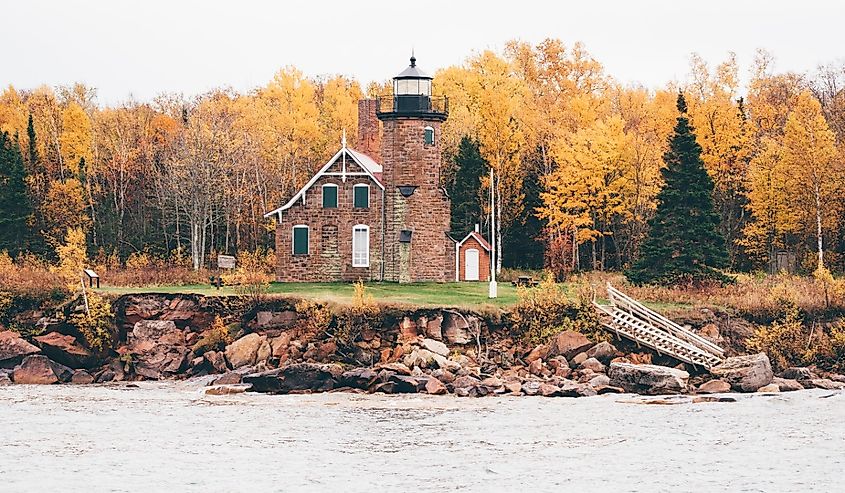
Apostle Islands National Lakeshore protects 21 islands and a stretch of mainland shoreline along Lake Superior, beginning just north of Bayfield. Known for its unique lakeside geology, old-growth forests, and historic lighthouses, the park offers a mix of recreation and conservation.
Madeline Island, while not part of the National Lakeshore, is the largest of the Apostle Islands and the most accessible, with a ferry running from Bayfield. On land, hiking trails, primitive campsites, and sandy beaches are found throughout the archipelago. Moreover, the mainland section includes sea caves and the Lakeshore Trail. Seasonal highlights also include ice caves in winter and sailing between islands in summer.
The National Park Service manages this park and remains one of Wisconsin’s most significant natural attractions. It is an obvious must-visit if you don't mind making a slightly more northern detour on the Lake Superior Scenic Byway.
Sand Bay
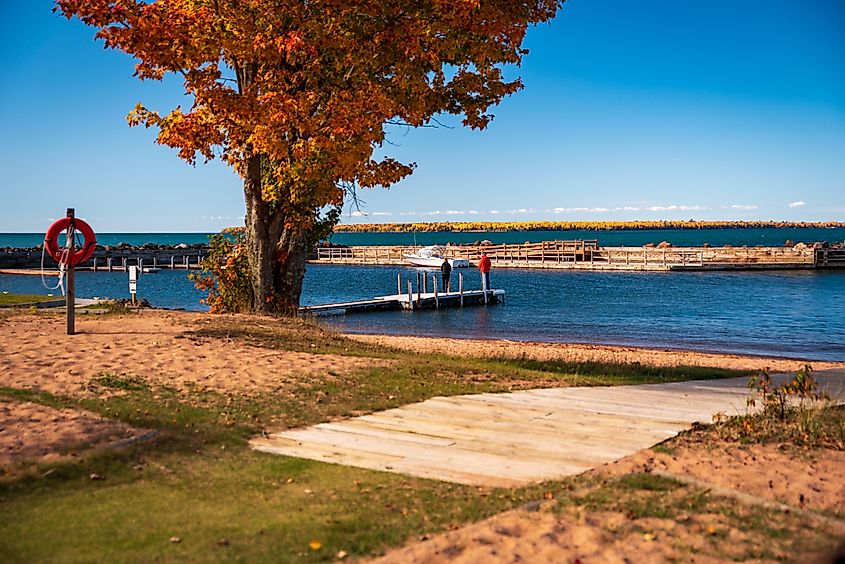
Sand Bay, also known as Little Sand Bay, is an unincorporated community in the Town of Russell on Superior’s south shore, within the Red Cliff Indian Reservation. It lies about 13 miles north‑northwest of Bayfield and serves as a more low-key recreational gateway to the Apostle Islands.
The Little Sand Bay campground features a sandy beach, picnic grounds, boat launch, RV/tent, group campsites, and boating docks. It’s a popular spot for swimming, paddling, fishing, and launches into lake tours and kayak trips to various islands.
The primary historic landmark here is the Hokenson Brothers Fishery, which once operated for over 30 years and still houses the preserved Hokenson family's homes, old fishing equipment, and displays showing how the fishing operation functioned on the nearby waters of Superior.
Apostle Islands Maritime Cliffs State Natural Area
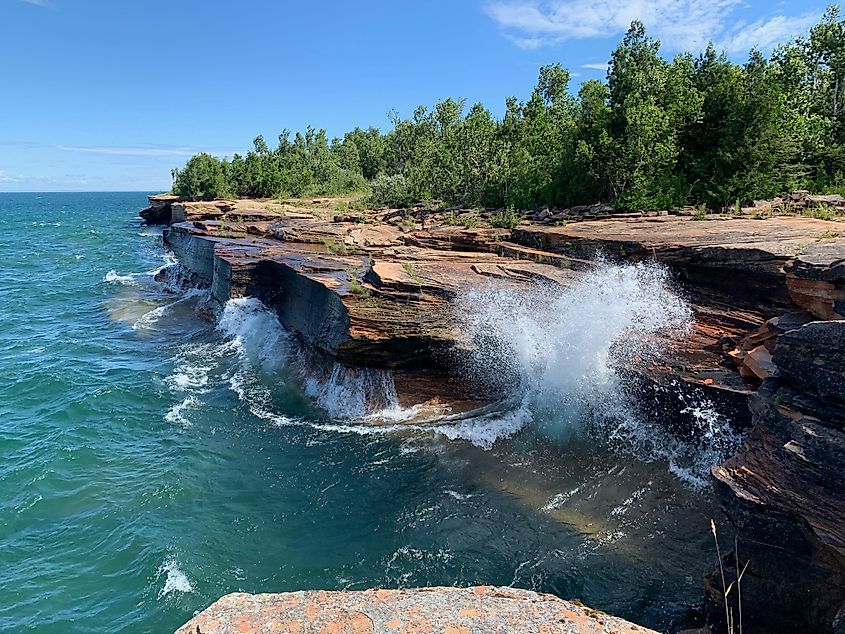
Further west down the shore, the Apostle Islands Maritime Cliffs State Natural Area spans sections of Otter Island, Devils Island, and a vast stretch of mainland shoreline. Established in 1992, this protected zone showcases striking red sandstone cliffs sculpted by wind, waves, and ice over millennia.
Other dramatic features include vaulted sea caves, natural rock arches, and pillars rising along more than two miles of lakeshore. Rare plant species cling to cliff faces, while red and white pines, paper birch, and balsam fir thrive on forested tops, making this an essential ecological zone and scenic destination.
The cliffs can be reached by kayak/canoe or motorized boat, and they are also accessible via a 1.2‑mile hike from Meyers Beach on the mainland. Frozen spray creates magical-looking, shimmering ice formations coating the rocks in winter.
Lost Creek Falls
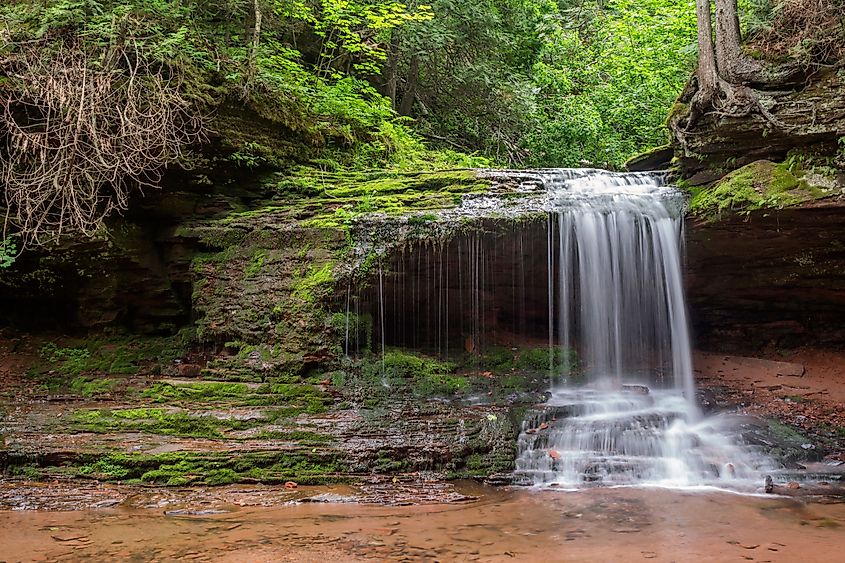
Lost Creek Falls is a hidden gem tucked near the community of Cornucopia. A moderately easy 2-mile forest trail leads you across footbridges and quiet woodlands to the 8-foot waterfall. Unique among Lake Superior area falls, you can walk behind the cascading water and feel the mist bouncing off the rocks and pool beneath, a perfect spot to cool down on a hot day. Ideal May through October, this natural landmark makes for a beautiful little stop during your travels throughout the peninsula. Be sure to bring your camera and a towel!
Port Wing
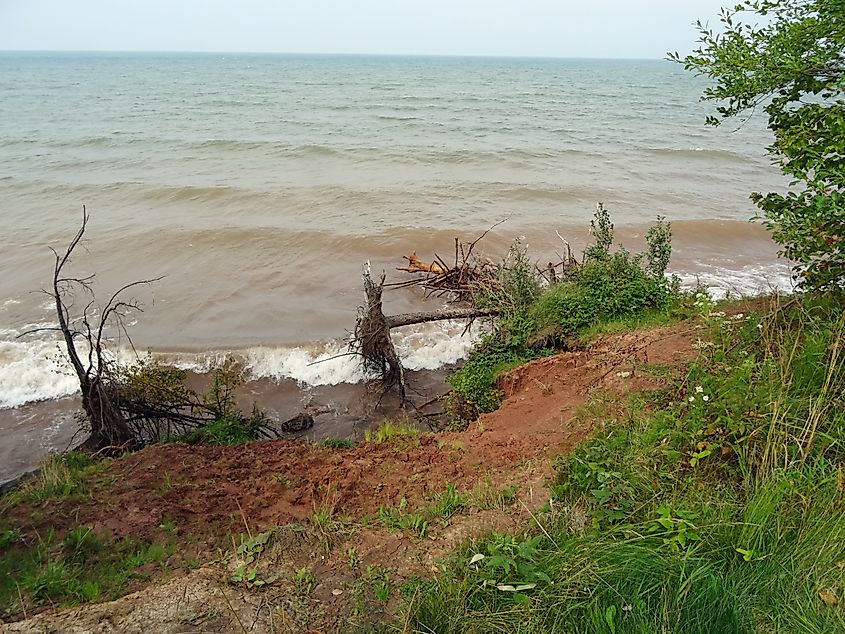
Towards the end of the route, Port Wing is a tiny lakeside harbor village that offers several useful amenities and attractions. With roughly 170 residents, it’s one of the last active commercial fishing communities on Wisconsin’s Great Lakes shore.
The waterfront features Port Wing Boreal Forest State Natural Area, docks, a boat launch, and seating areas with lovely views over the lake. Other sights include Twin Falls Park and Quarry Point, which offer short hikes past ravines, waterfalls, beaches, and pristine woodlands.
Jardine's South Shore Saloon is a down-to-earth joint for a cold drink and classic bar fare, while Lake Wind Coffee is a top-notch spot for breakfast in the morning. If you're here on Labor Day weekend, don't miss the annual Fish Boil either, where boiled or fire-roasted fish can be enjoyed with the community and other activities for the whole family.
Accommodations and Other Useful Info
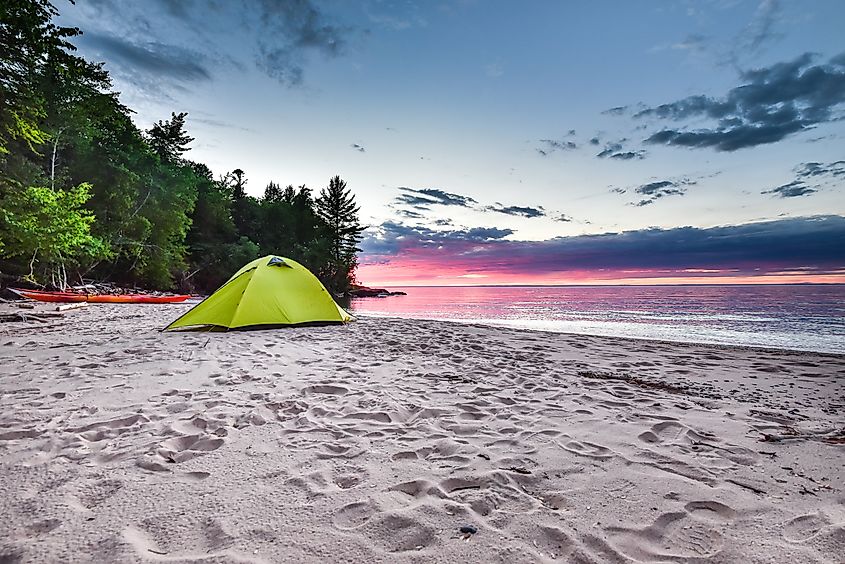
If you want to make the Wisconsin Lake Superior Scenic Byway into a multi-day trip, your options for overnight stays are pretty varied. With numerous campgrounds along the way in the various state and national parks dotted throughout the peninsula, those looking for a slightly more inexpensive/rustic getaway should have no issues. Conversely, several towns on the route feature hotels, motels, rental cabins, and other, perhaps more comfortable, choices.
Bayfield is your best bet for a more luxurious stay, with places like the Old Rittenhouse Inn and the Lake Superior Lodge, among others. On the other side of the peninsula, Conrucopia is known for its abundant rental properties right by the lake, while further south, the towns of Brule and Iron River each have a motel and nearby campgrounds.
Also note that if you are coming up from the south, before you reach Bayfield, you will likely pass through Ashland, which is by far the largest city in the area. It boasts even more hotels, eateries, and shopping areas than you'll find in other peninsula communities. Suppose you are arriving from Minnesota to the north. In that case, the sizable cities of Duluth and Superior will also be able to provide you with any modern amenities/supplies you may need before your trip.
When it comes to the weather, this region of the country gets very cold and snowy during the winter months, so be sure to have good winter tires and appropriate clothing before heading out. Otherwise, summers are nice and warm, as well as humid, and fall is particularly impressive in terms of the views, with the local forests transforming into a palette of reds, oranges, and yellows before the leaves entirely drop for the year.
